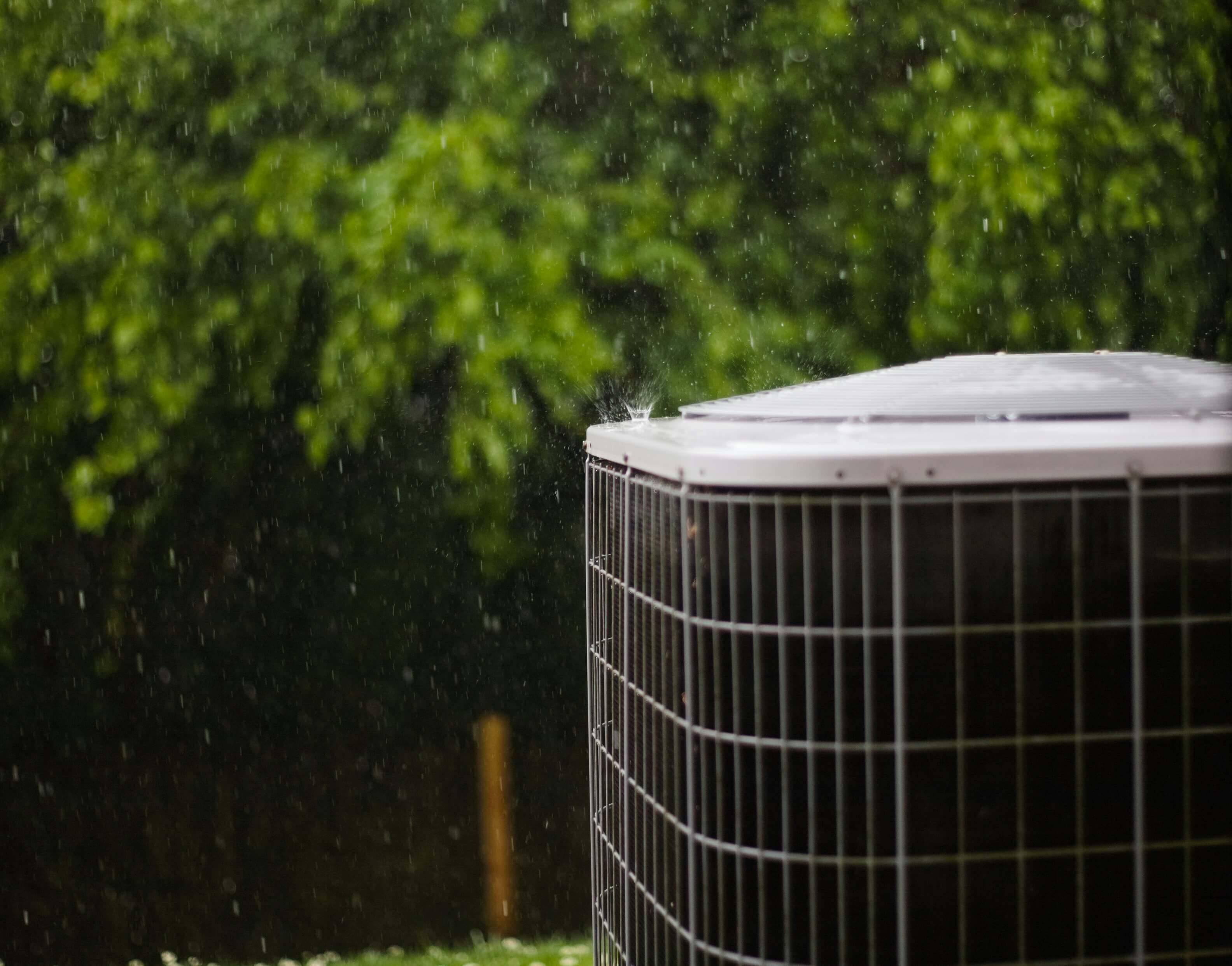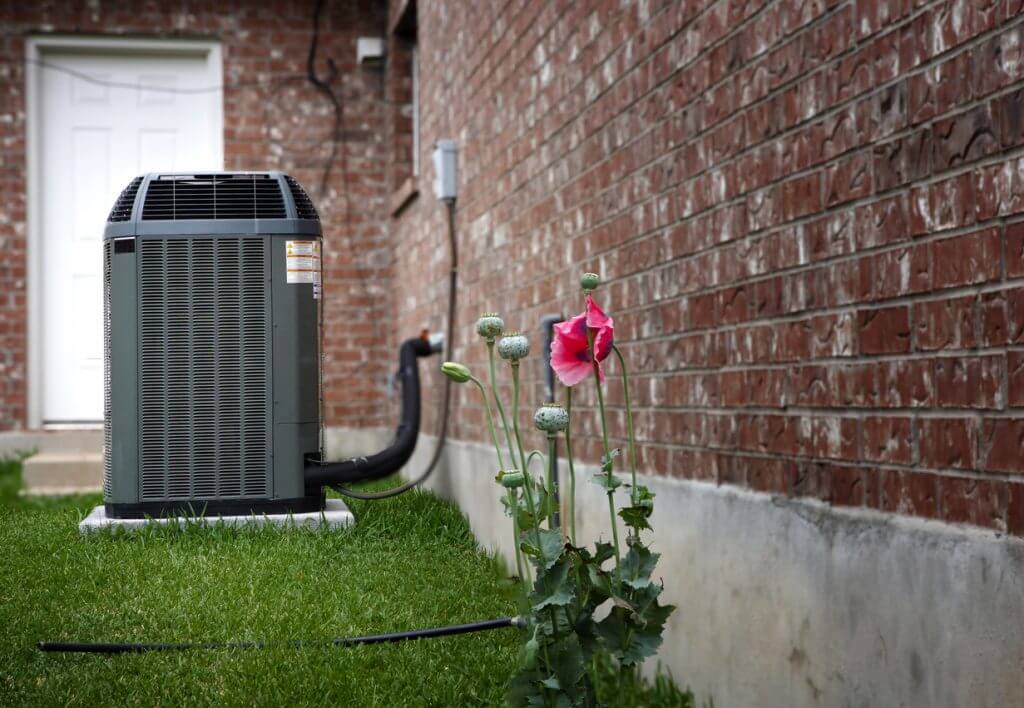

HVAC

Average Cost: $3,854 - $6,345
Here’s an in-depth review of Amana, including its product lineup, pricing, warranties, and how it compares to other HVAC brands. We’ll also cover key pros and cons related to maintenance, availability, and long-term value.
Our Verdict: Amana is a solid option for budget-conscious homeowners seeking reliable HVAC performance backed by strong warranties. However, it may not be the best fit for those looking for ultra-premium features or the latest smart technology integrations.
Amana Heating and Air Conditioning has been a trusted name in American manufacturing since 1934. Originally known for inventing the walk-in beverage cooler, the Amana, Iowa-based brand eventually expanded into HVAC systems to include air conditioning units. Now, Amana is part of the Daikin family, one of the world’s largest HVAC manufacturers. These days Amana is best known for delivering affordable and dependable air conditioners.
The company specializes in residential heating and cooling systems, including central air conditioners, heat pumps, gas furnaces, air handlers, and indoor air quality solutions. All of their products are designed and manufactured here in the United States, and their air conditioners are available nationwide through a network of certified HVAC contractors, making it easy to find a dealer no matter your location.
| Best For | Top Model | Cost Installed | Standout Feature | Warranty |
|---|---|---|---|---|
| Budget-conscious homeowners seeking durable ACs with strong warranties | ASXV9 High-Efficiency Split System Air Conditioner | $3,000 to $9,000+ | Lifetime unit replacement warranty on select models | 10-year parts limited warranty on all products with other product-specific warranties on registered units |
At Modernize, we love Amana because it delivers outstanding value without sacrificing reliability. With Amana, you get American-made quality backed by Daikin’s global innovation and support. The brand offers some of the best warranties in the industry — including a lifetime unit replacement warranty on top-tier models, which is a major perk for homeowners thinking long-term. In certain states, that warranty transfers to new owners of the home if the property is sold.
We also appreciate that Amana’s systems are engineered for straightforward installation and maintenance, which helps lower labor costs and reduces the risk of performance issues down the road. While you might not find all the bells and whistles of luxury brands, Amana’s products are dependable, affordable, and built to last.
Amana air conditioners balance affordability with long-term peace of mind, but they do have a few tradeoffs.
Amana offers a streamlined product lineup of central air conditioners designed to meet a wide range of budgets and home sizes:
These high-efficiency systems feature better energy efficiency and cooling performance than units with lower SEER ratings. Their fans are designed to move air quickly and quietly using an acoustically engineered, high-density sound control blanket.
The Amaana S-series system is a mid-efficiency model with low sound levels and a quiet mode setting. It offers cooling at an affordable price and comes with a slim profile to fit where cube units cannot.
Amana’s units feature all-aluminium coils for enhanced durability and simplified installation. Their units can handle condensation for several years without rusting and their Refrigerant Detection System is primed to alert you too leaks.
Amana offers a smart thermostat compatible with its app for remote control, voice control and compatibility with other smart home devices.
In addition to their AC units, Amana offers Clean Comfort Indoor Air Essentials aimed at improving air quality inside your home through dehumidification, filtration, purification and ventilation, among other methods.

Amana receives generally positive feedback from homeowners who value performance and price. Customers often highlight the system’s quiet operation and strong warranty, with a few pointing out the importance of choosing a quality installer to ensure the system works as expected. Those who left negative comments were frustrated by wait times when contacting customer service as well as warranty terms.
“Best bang for your buck! Simple units without the fancy bells and whistles that can go bad. When I need cooling it’s cold; when I need heat it heats my home. What else does it need to do? I’ve owned one for 14 years and just had a new one installed last year without issues! Your installer makes all the difference in the world.” — Ed R on BBB.
“I have a single phase high capacity unit in my rental and love it. It’s built well.” — Derek S on BBB
“Great devices. no question about it. The only downside is that you have to pay yearly maintenance in order to stay under warranty. Over the course of 10 years that amounts to the 40% of the investment, so keep that in mind. I don’t think it’s only Amana, but this new world where everything is a subscription, even after you have bought it.” — Tee T on the company’s site.
Amana air conditioners typically range from $3,854 to $6,345 or more, including installation. Your total cost will depend on several factors, including the specific model you choose, the size and layout of your home, and local labor rates in your area.
| SEER2 | Installed Cost Range |
|---|---|
| 15 to 18 | $3,400 to $4,800 |
| 19 to 21 | $5,200 to $6,000 |
| 22 to 24.5 | $5,600 to $7,500+ |
Financing is often available through local Amana dealers. In addition, you may be eligible for utility rebates on high-efficiency models. Check with your local utility providers. Stay on the lookout for manufacturer promotions, which are typically available during off-seasons.
Compared to other top AC brands, Amana offers strong value and warranty coverage at a lower price point. It may not have the most advanced smart systems, but it delivers where it counts: performance, durability, and cost.
If you’re considering an Amana air conditioner for your home, it’s natural to have questions about cost, warranties, lifespan, and what to expect during installation. Below, we’ve answered some of the most common questions homeowners ask when comparing Amana to other HVAC brands.
Most Amana AC units last 15 to 20 years with routine maintenance. Top-tier models often include lifetime unit replacement warranties for added peace of mind.
Amana offers some of the best warranties in the HVAC industry, including a limited lifetime unit replacement warranty on select models and a 10-year limited parts warranty on registered units.
Yes, homeowners should budget for potential extras like ductwork updates, permit fees, or smart thermostat installation. Always ask for a detailed quote before moving forward.
Yes. Many Amana models feature SEER ratings of 16 or higher, helping you save on monthly energy bills. While not the most cutting-edge in smart energy tech, their systems are efficient and reliable for most homes.
Amana units are known for relatively quiet operation, especially on higher-end models with sound-dampening features. While not as silent as ultra-premium brands, they offer a good balance between performance and noise control.
Yes. Amana air conditioners are designed, engineered, and assembled in the United States, primarily at Daikin’s manufacturing facility in Texas, which gives the brand extra appeal for homeowners prioritizing American-made products.
Amana air conditioners strike a great balance between affordability and reliability. With solid warranties, good efficiency ratings, and a trusted legacy in American manufacturing, Amana is a smart choice for homeowners looking for reliable performance at a fair price.
We believe Amana is best for homeowners who want a budget-friendly AC system that’s built to last without sacrificing warranty protection.
Read real homeowner reviews, explore qualifications, and view promotions. Modernize makes it easy to browse professionals and find one that will be perfect for your project.